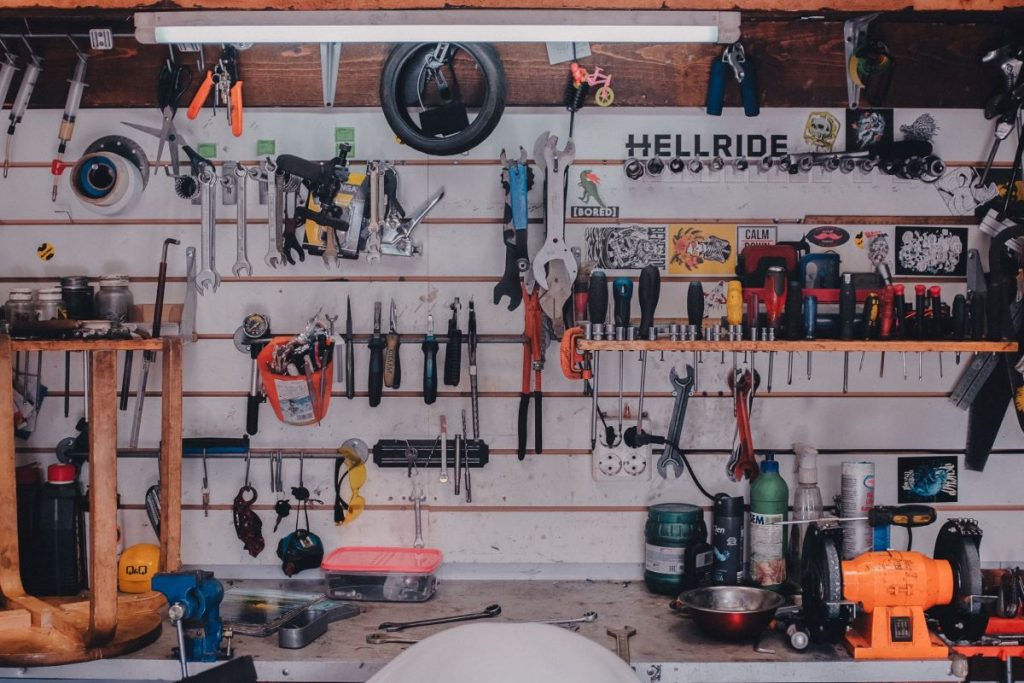Well-designed and installed garage shelving can make a huge difference to your home, changing an otherwise unused or untidy space into an organised, easily accessible storage area. There is a range of shelving options available and, depending on your budget and what you need to store, you can easily find the right solution for your space, just by following these handy tips:
Mounted or freestanding
The first thing you need to decide is how you want your shelves to be fixed. There are three common types here:
- Ceiling-mounted. These shelf units are attached to ceiling studs using lengthy rods. You can find ceiling-mounted shelves that don’t extend very far downwards, and these are absolutely perfect for rarely used items and they don’t take up floor and wall space. You will need a ladder or step stool to reach the items you’re storing, though.
- Wall-mounted shelves or shelving units attach to wall studs. These can be particularly strong and they represent the safest type of shelving, as vibrations, movements and wind will be unlikely to dislodge the items you’re storing. The shelf unit will not tip over.
- Freestanding shelves are usually the cheapest and don’t require any drilling to install. It’s easy to move them about when your needs change and they often have easy to adjust shelves. However, they are by far the most likely to tip and fall and they take up the most space.
Materials
This is where you will benefit from having a reasonably good idea of what you will be storing. Heavier goods like tools, car parts or tins of paint will require a heavy-duty shelf, more than likely made out of steel. Lighter items like toys, bike helmets, or seasonal items like paddling pools or Christmas decorations can be stored perfectly well on wooden shelves, which have the added benefits of being lower cost and easier to work with.
If good air flow is important, wire shelves are a good option. You can find models with impressive maximum load capacities but, more so than with other materials, it is important to remember to distribute the weight evenly. On the negative side, smaller items can get caught between or drop through the gaps between the rungs.
Size
Lastly, you’ll need to have a good idea of the size you want your shelving to be. There’s really no need to get a custom build unless you want an absolutely perfect fit — most suppliers will have a range of shelving units available in stock to suit various size requirements. Measure the space you want the shelving to sit in, and then think about depth. Do you need to store large items? Do you need the shelves to fit in next to your vehicle? Make sure you have enough floor space left for your garage to serve any other purposes you need it to while ensuring your shelves are deep enough to hold your items.
It’s also worth considering that, typically, garages are not as sturdily built or secure as the rest of the home so, if you are storing something of significant personal or financial value, you might want to either improve your garage security or store those items elsewhere in the home.

